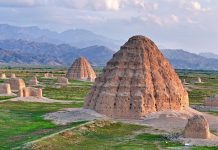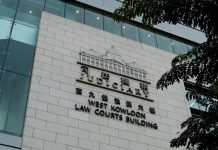BEIJING: China’s holistic policies of ‘community” and social development, “multiculturalism”, “ethnic diversity”, balanced regional economic parity, diversification of energy and resources, human capital and Small and Medium Enterprises (SMEs) in Xinjiang have produced “miracles” for the lives of common people.
The Xinjiang Uygur Autonomous Region is constantly making “immense” socio-economic development. Xinjiang’s GDP in 2021 witnessed a growth of 7 percent year-on-year.
Xinjiang produced 5.13 million metric tons of cotton in 2021, which accounted for 89.5 percent of China’s total. In addition, 469,400 tons of photovoltaic materials were produced in the region, an increase of 30.9 percent year on year. Furthermore, Xinjiang is determined to make its promising industries even stronger.
Around 20 percent of global cotton, 40 percent of the world’s supply of polysilicon for solar panels, and 13 percent of the global output of wind turbines are manufactured in Xinjiang. About 25 percent of tomato paste, 11 percent of walnuts, and 10 percent of the world’s rayon also originate from here. Thus Xinjiang has become a global “manufacturing hub” and “reliable supply chain”.
Xinjiang will further develop labor-intensive industries to create more job opportunities during 2022. It plans to further boost the cotton and textiles industries while accelerating the process of building a national-level cotton yarn trade center. The region will support photovoltaic businesses in extending their industrial chains.
According to official Chinese figures, the planned fixed-asset investment in Northwest China’s Xinjiang Uygur Autonomous Region will reach RMB 900 billion (USD 135.09 billion) this year. –Agencies





